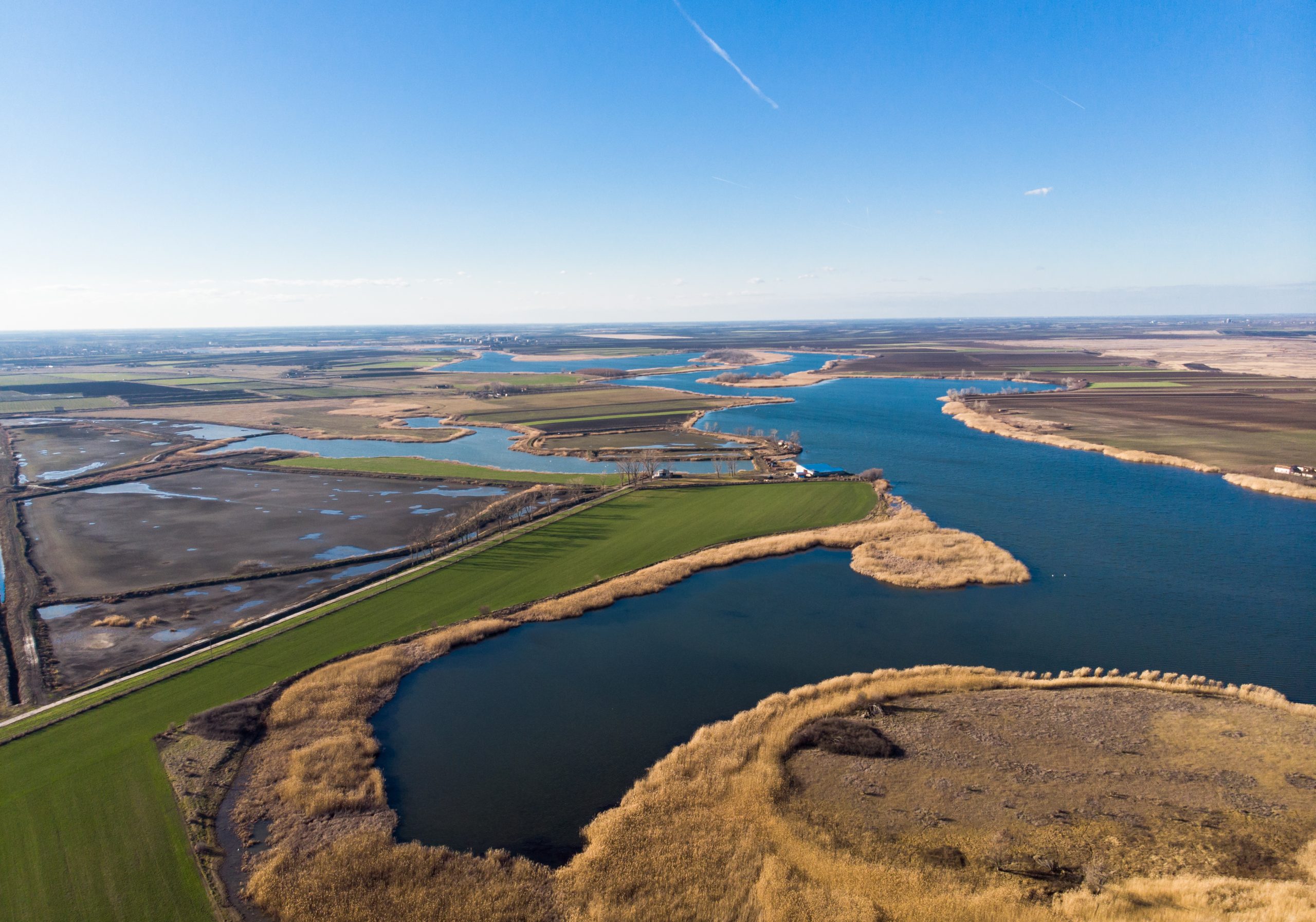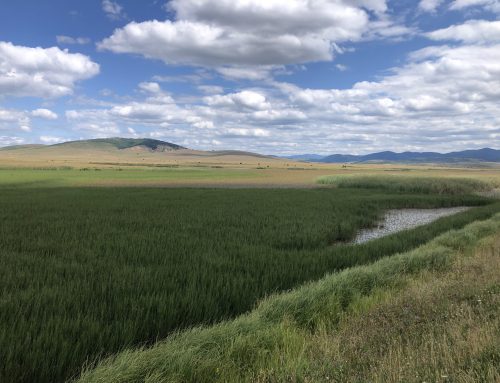By: Dr Tanja Vukov, evolutionary biologist and wetland habitat expert, Siniša Stanković Institute of Biological Research, Belgrade
Wetlands are among some of the most productive ecosystems on the planet, on par with rain forests and coral reefs. Approximately 40 percent of global biodiversity can be found in wetlands, which take up just about five percent of Earth’s surface. However, a rapid decline in wetlands can be observed over the previous 50 years; they are disappearing at a rate three times faster than forests, directly endangering more than one million plant and animal species. Droughts and rivers running dry, similar to recent incidents in Serbia, indicate an urgent need to restore these ecosystems. Some of the main causes of wetland degradation are urbanisation, drainage for agricultural purposes, pollution, and resource extraction. Climate change additionally aggravate this situation, while the lack of awareness regarding the importance of wetlands contributes to unconscientious behaviours, such as municipal and industrial waste disposal. In order to protect these habitats, it will be necessary to reinforce legislation, implement rigorous inspections, ensure better application of environmental standards across all sectors, and educate the population.
Wetlands in the Fight Against Climate Change
Wetlands sequester large quantities of carbon, thus reducing its concentration in the atmosphere and consequently slowing down global warming. They also serve to regulate the local microclimate and help safeguard against extreme weather, such as droughts and floods. Their conservation and restoration could mitigate climate-related catastrophe risk by as much as 30 percent.
Wetlands Mitigate Consequences of Droughts
In the era of climate change, Serbia is facing ever intensifying droughts, that not only reduce water levels in rivers, lakes, and swamps, but also endanger peatlands, unique and extremely important habitats. Peatlands accumulate peat – a thick layer of decomposed plant-based material – resulting in carbon sequestration at a rate that is double compared to forests worldwide, rendering them invaluable in the fight against climate change. In addition, peatlands reduce fire and flooding risks, and also serve as habitats for rare plant and animal species. Long-lasting droughts alter the composition of plant and animal communities, lead to loss of indigenous species and the spread of their invasive counterparts.
Wetlands serve as natural reservoirs, absorbing water during the wet seasons, and consequently mitigating the consequences of droughts. In this way, they not only provide water resources throughout the dry periods, but also serve as a safeguard for biodiversity.
Furthermore, droughts can overturn the ecosystem services these habitats provide into ‘anti-services’. For example, instead of water purification they can start releasing nutrients, causing issues such as eutrophication – the excessive saturation of water ecosystems or acidification, i.e. lowering pH values in the water or soil. Eutrophication leads to unchecked growth of algae, which in turn consume oxygen, causing death of fish and other aquatic animals. A number of species can only tolerate specific pH values; acidic conditions may stunt their growth and propagation, even cause death. These two problems combined present a serious threat to the ecosystem’s health and stability.
This is precisely why the maintenance and revitalisation of these habitats are crucial for ecosystem preservation, especially in the context of climate change that is bringing about increasingly frequent droughts and extreme weather events.
Wetlands as Flood Defences
Wetlands act as natural sponges – during intensive rainfall and flooding periods they absorb excess water, only to release it later gradually, thereby reducing the risk of rivers overflowing and flooding populated areas. We are witnessi9ng the emergence of increasingly frequent extreme rainfall over short periods of time, causing torrential floods throughout Serbia and notable issues in urban environment. For example, Beljarica in Belgrade is extremely important in terms of protecting the city against flooding, since it can absorb excess water from the Sava and the Danube, thereby protecting its residential areas. Major metropolises across the world are turning to revitalising and preserving wetlands on their fringes as a fundamental long-term flood protection measure.
Crucial Biological Diversity Preservation Measures
Urgent biological diversity preservation measures include wetland identification, protection, and restoration. Degraded and fragmented areas can be restored through revitalising natural water flows, as well as through rebuilding links between aquatic habitats. For example, creating corridors between isolated wetland habitats by planting indigenous vegetation enables and facilitates animals’ movement, mating, and propagation, thereby maintaining genetic diversity and reducing local extinction risk. By connecting these habitats, corridors aid in the maintenance of natural processes, such as pollination, seed propagation, and nutrient circulation. Special attention should be devoted to patterns in water movement and distribution, as well as in ecosystem connection, which have a key influence on maintaining biodiversity. Over the long term, it will be necessary to educate the population in local communities and ensure their active participation in the preservation of wetland areas across Serbia to bring about their permanent protection.
“It’s not just a pond” campaign is implemented with the financial support of Sweden, represented by the Swedish International Development Cooperation Agency (Sida), within the “EU for Green Agenda in Serbia” project. This initiative is implemented with the technical and financial support of the European Union and in partnership with the Ministry of Environmental Protection by the United Nations Development Programme (UNDP), in cooperation with Sweden and the European Investment Bank (EIB), with additional funding provided by the governments of Sweden, Switzerland and Serbia.



